Product Quality: From the Customer's Perspective
01. What is Product Quality?
In the manufacturing world, we are trained to think of product quality in terms of "conformance to specifications". In other words, as makers of parts and products, our responsibility is to ensure that the parts we make, match the specifications provided to us by our design and engineering team.
But as customers, when we evaluate the products we want to buy, the term quality takes on a much broader meaning. In fact, conformance to specification is not something we are explicitly thinking about since we don't really know the design specifications for the product we are evaluating.
Instead, we base our buying decision on parameters such as the product's features, aesthetics and durability, as well as the overall purchase and support experience.
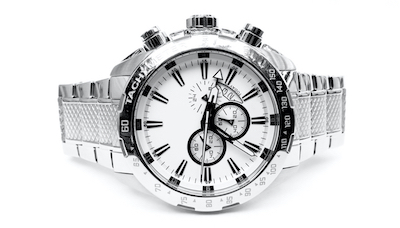
02. The Multiple Dimensions of Product Quality
Successful businesses recognize this broader customer perspective on quality, and actively work to ensure a better customer experience on each dimension of quality.
In 1987, David A Garvin made the case, that by competing on eight dimensions of quality, companies could win customers and grow their market share. Here's a link to the original article. And here are the Eight Dimensions of Quality that Garvin defined:
- Features
- Performance
- Reliability
- Conformance
- Durability
- Serviceability
- Aesthetics
- Perceived Quality
One of the best examples of a company competing on these eight dimensions in recent years, has been Dyson, a maker of household appliances including vacuum cleaners. Let's take a look at how Dyson performed on each dimension below.
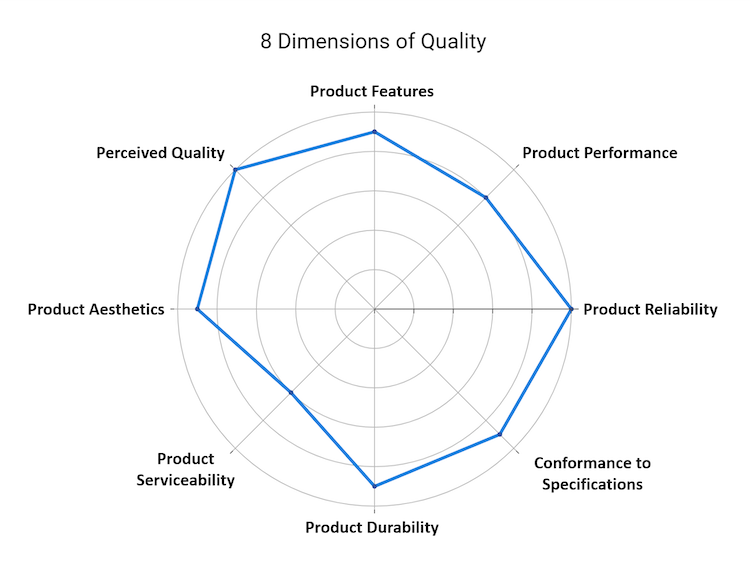
03. Product Features
Traditional vacuum cleaner manufacturers made money on the initial sale of the vacuum cleaner, and made additional money each time a customer bought a replacement cleaner bag. While this recurring revenue from the sale of bags was a great model for the vacuum cleaner manufacturer, the bags were a source of frustration for users. As the bags filled up, their pores clogged, and the vacuum cleaners lost their suction strength. Dyson's product breakthrough was a "bag-less" vacuum cleaner that eliminated the clogging problem.
With one major feature enhancement - using centrifugal force to separate out the dirt - Dyson completely revolutionized the vacuum cleaner industry.
Of course, Dyson made many more improvements over the years. For example, it simplified how vacuum cleaner accessories were stored. Rigid and flexible extension tubes, narrow nozzles for tight spaces, and brush-heads were all stored on-board the vacuum cleaner solving a problem of storing and then locating these parts when needed. And Dyson's dirt canister was transparent making it easy to see when it was full.
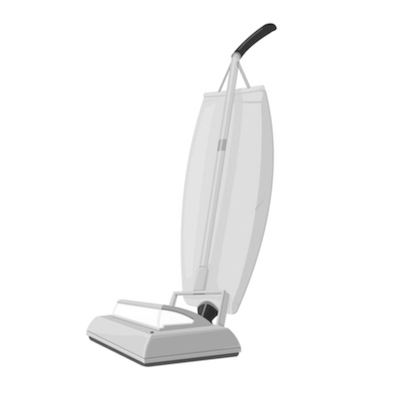
04. Product Performance or Experience
Product performance is defined in terms of how the customer experiences the features and functions of the product.
Dyson successfully redefined the consumer vacuum experience.
1. Owning a vacuum cleaner that doesn't lose suction is a huge improvement in product performance. Customers were delighted with the strength of the vacuum and how well it cleaned their floors and carpets.
2. A second improvement was the fact that the dirt canister was transparent, and a customer could see when it was full without having to open a bag.
3. By eliminating bags entirely, Dyson ensured that customers never ran out of bags in the middle of a cleaning session, and no longer wasted their time traveling store-to-store looking for bags for older model vacuum cleaners.
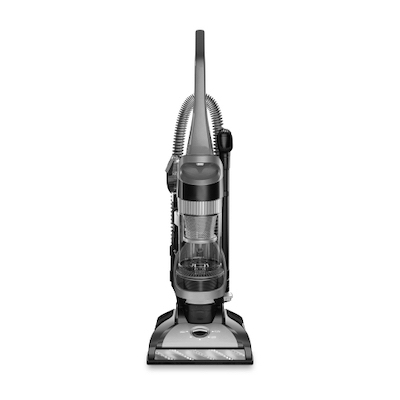
05. Product Reliability & Serviceability
Product reliability is a measure of how long a product functions without failure. Reliability is hard to measure up-front during the purchase of a product, and consumers therefore rely on buying guides, and reviews by other customers to make a purchasing decision. Dyson has traditionally had very strong customer reviews.
Of course, not all products are perfect, and Consumer Reports provides up-to-date reliability numbers on the latest models. My own Dyson vacuum cleaner failed in the 3rd year and needed repairs. But one of the most amazing aspects of owning a Dyson is how easy it is to take apart and put back together the vacuum cleaner. Parts are color-coded, and are shaped to ensure ease of removal, and error-free re-assembly. For example, you cannot install a part backwards. The parts will fit only one way, and will snap together without any effort.
The only negative part of our Dyson service experience (this was 15 years ago) was the 4 week wait for a replacement part. To compete on serviceability, your products must of course be easy to troubleshoot, disassemble, and reassemble. In addition, the needed spare parts should be easily available so that you can return the product to service as quickly as possible.

06. Conformance
The fact that Dyson's vacuum cleaners can be easily disassembled and effortlessly reassembled, points to one invisible characteristic: conformance to specifications.
Parts that are made nearly exactly to the nominal will usually be easy to assemble and disassemble. Clearly Dyson does well on that dimension.
But the gold-standard for conformance may be a company that every kid is familiar with. That company is Lego! Millions of lego bricks are sold each year. And we never hear of a fit problem. Kids assemble and disassemble millions of legos every day, year-after-year with no complaints.
Conformance issues will often manifest themselves as "Aesthetic" issues. For example, some of Tesla's early production cars had body panel fit issues. Customers noticed that the panel gaps were uneven taking away some of the joy of owning a beautiful new car. Conformance issues may also manifest themselves as "Performance" or "Reliability" or "Durability" issues. For example, mis-aligned gears are noisy, fail frequently, and result in early transmission failure.
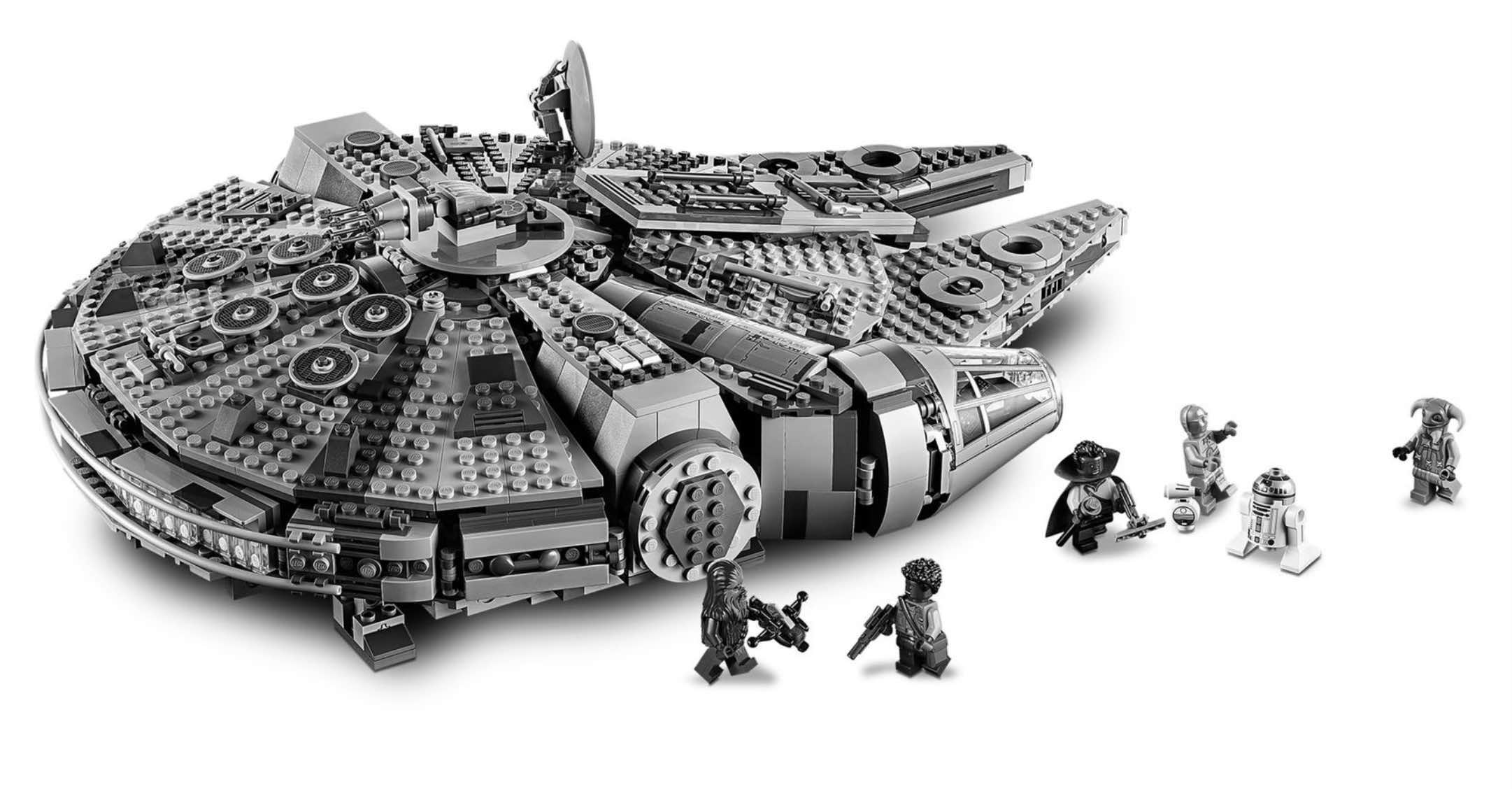
07. Aesthetics
The aesthetics or the look-and-feel of a product play a huge role in our buying decisions. Dyson performs particularly well on the aesthetics dimension. Their early designs were significantly better than their competitors', with bright colors and attractive geometries replacing the dull vacuum cleaner designs of the past.
While the design of a product plays an important role in its aesthetics, an equally important role is played by manufacturing's ability to deliver products that conform to specifications and achieve the desired aesthetic.
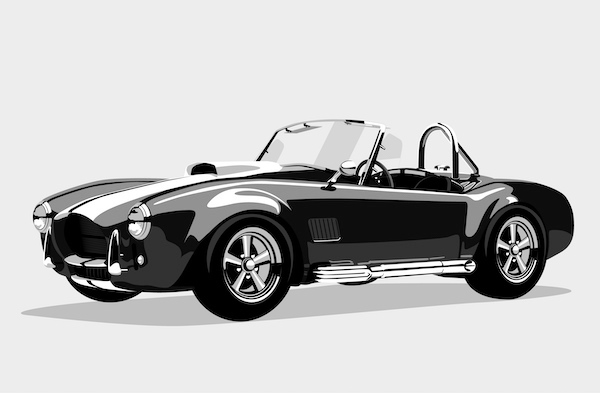
08. Durability
A product's durability is simply how long the product lasts. We've all owned small appliances (e.g. toasters) that haven't lasted more than a few years.
On the other hand, I've owned my Dyson vacuum cleaner for nearly 18 years, and it's only now falling apart. That is a testament to the product's durability.
09. Perceived Quality
Certain brands are associated with better quality products. For example, Apple can sell iPhones at a premium because people perceive Apple's products to be superior to those manufactured by other brands, even though other manufacturers may have achieved product feature and performance parity. Apple's ease-of-use of products, shopper-friendly stores, and available support technicians (Geniuses as they are called), elevate the perceived quality level of the brand. Similarly, Dyson has benefited greatly from a brand image associated with higher quality.